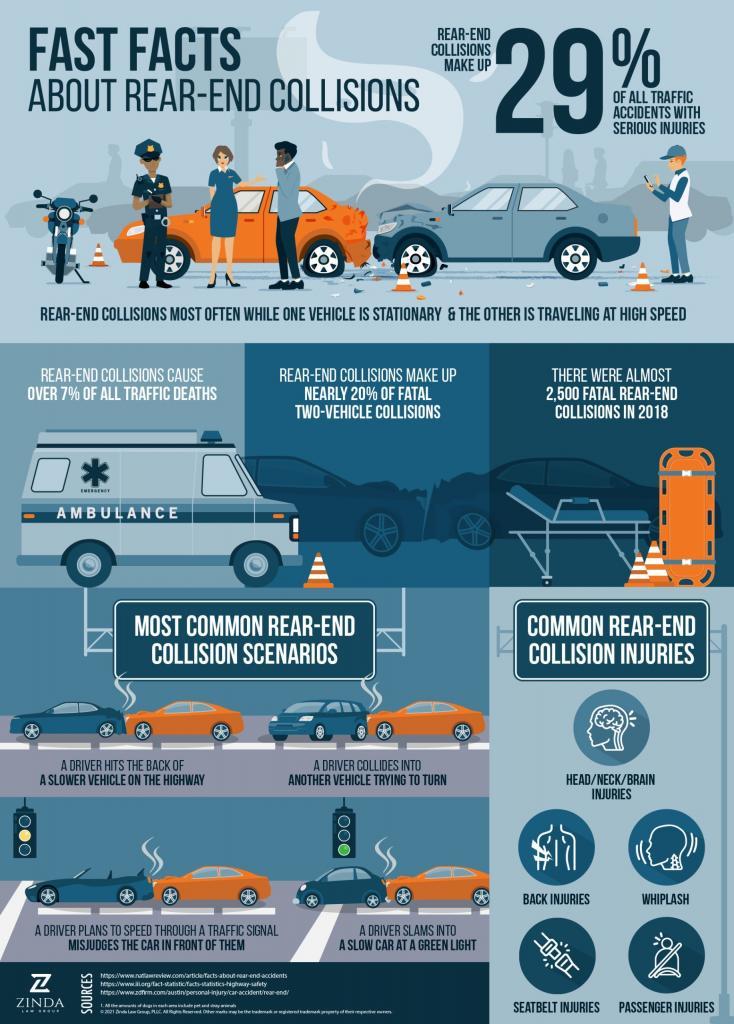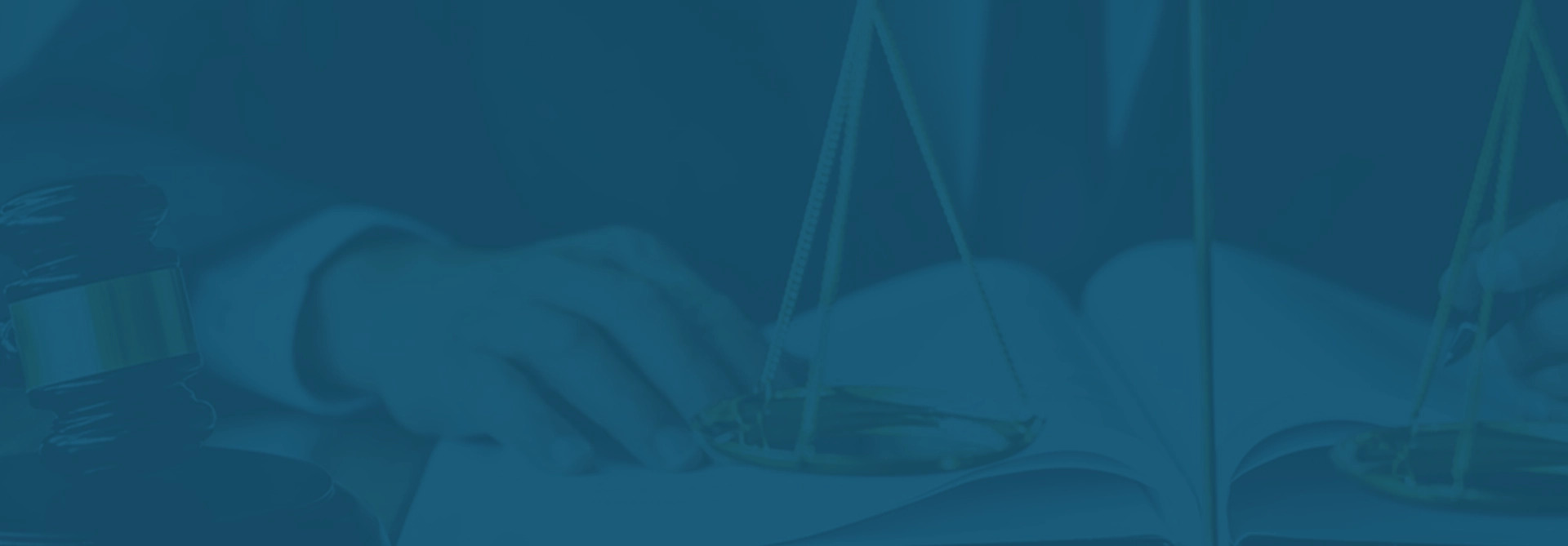CALL (888) 988-7063 TO SPEAK WITH A REAR-END COLLISION LAWYER FOR FREE
Rear-end accidents are some of the most common types of vehicle collisions and are on the rise in the U.S. These collisions occur when one vehicle is struck from behind (“rear-ended”) by another vehicle. These accidents can result in severe injuries, and a rear-end collision lawyer helps those injured in a rear-end accident seek compensation.
If you or a loved one has been injured in a rear-end collision, call Zinda Law Group at (888) 988-7063 for a 100% free consultation with our rear-end car accident attorneys.
WHO IS AT FAULT?
If you have been rear-ended by someone, it is very likely that the other driver is at fault. If you rear-ended a vehicle in front of you, you may be at fault, unless the person behind you hit you and caused you to rear-end another vehicle.
Read More: Multi-Vehicle Car Accidents
Other Driver
The driver behind you might be deemed at fault if they failed to stop in time as traffic slowed down or stopped. This is because the rules of the road require a vehicle to be able to stop safely if traffic in front of it slows down or comes to a complete stop. If a car is unable to stop without rear-ending another vehicle, it may be presumed that the driver of that car was not acting as safely as they should have been.
Proving Fault
There are several ways to establish liability in a rear-end accident. One way is to rely on eyewitness testimony from individuals who were at the scene when the accident occurred. Another good way of supporting a case is to look to the police report for a description of the accident. Finally, physical evidence, such as damage to the automobile and skid marks on the road, can help establish fault.

Rear-End Collision Accidents – Zinda Law Group
WHAT TO DO AFTER BEING REAR-ENDED BY ANOTHER VEHICLE
In the moments following a car collision, it is likely that you will be under much stress. You may be confused, dizzy, or even physically injured. It is therefore imperative that you understand what to do ahead of time to increase your chances at a quick recovery.
1. Seek Medical Attention
After you have been rear-ended by another vehicle, it is essential that you contact emergency services as soon as possible. In many rear-end collision cases, the driver of the front vehicle does not experience pain immediately after the accident occurs. However, it is possible for pain and aching to set in hours or even days after the crash. Seeking medical attention after a rear-end collision is therefore very important for your health and well-being. It will also be useful to have medical records to support your claim.
2. Report the Accident
The next step is to report the accident to the police. Police officers will file an accident report, which will document all pertinent aspects of the collision, including the parties involved, the location of the accident, and the time and date of the accident. Importantly, police officers may be able to gather statements from bystanders who were able to witness the rear end collision.
3. Document the Accident
A crucial step that is often overlooked by individuals who were rear-ended is to document the accident and to keep a thorough and organized record of all documents or materials relating to the crash. If possible, take photos of the scene of the accident after it occurred. Keep copies of police reports, medical records, and auto repair shop estimates in an organized file. Documenting this evidence will make it much easier to establish your case against the party that rear-ended you.
4. Contact a Car Accident Attorney
Finally, you should contact a car accident attorney. The recovery and settlement process with the other driver or the other driver’s insurance company is often time-consuming and frustrating. A car accident attorney can ease the burden of this process by handling essential tasks such as contacting witnesses and conducting investigations into the accident. A car accident attorney will also be able to guide you through the settlement or litigation process and will be there to offer you legal advice regarding complex legal issues such as negligence.

























